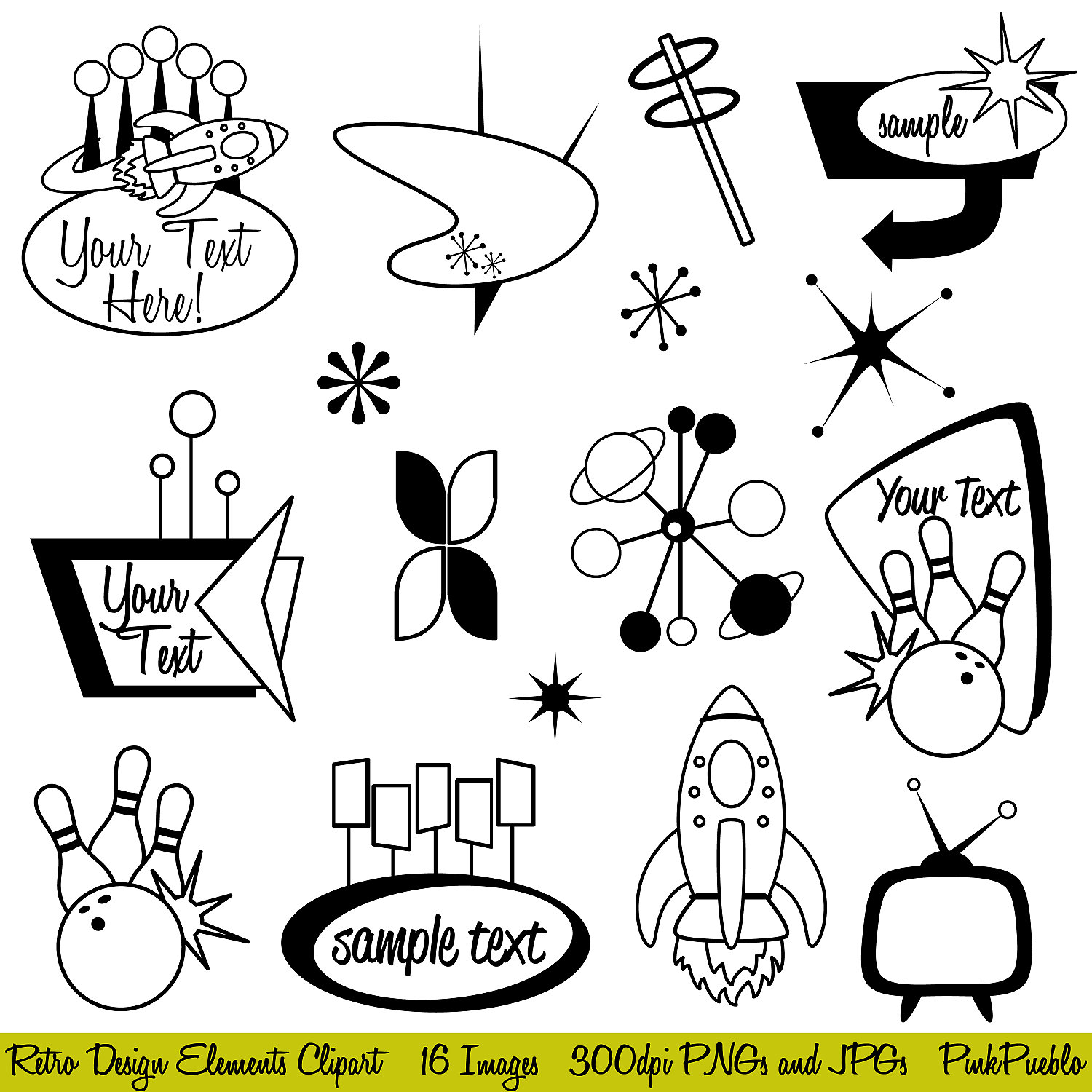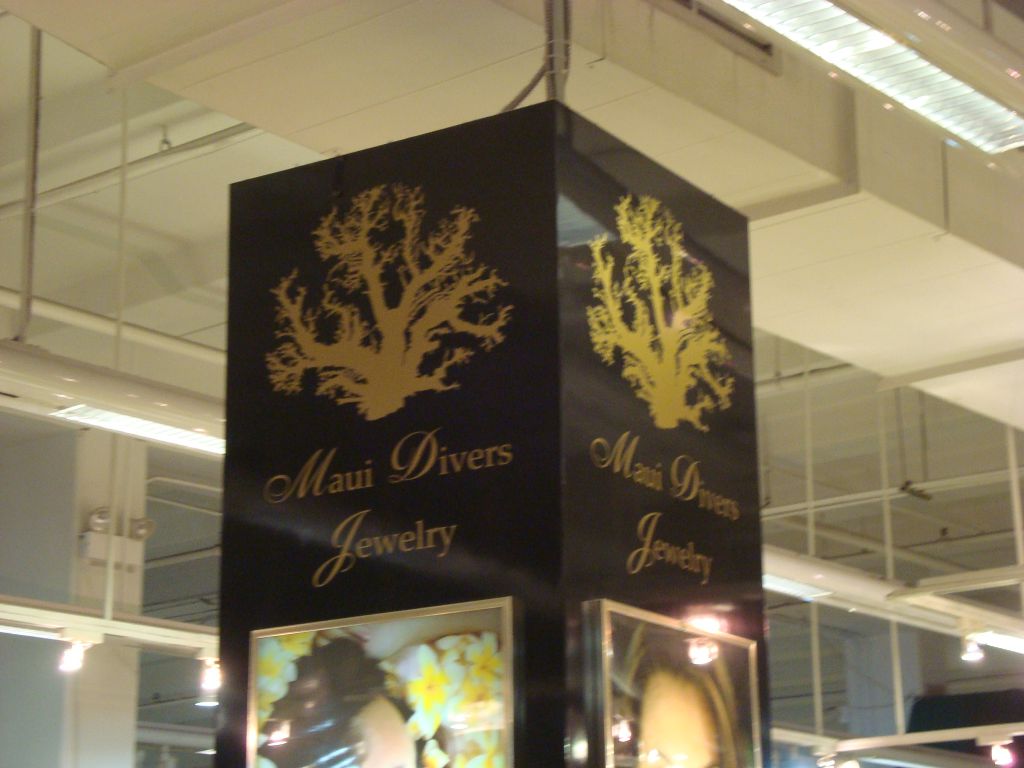Table Of Content

The Social and Public Art Resource Center (SPARC) began in 1976 with a mission to “produce, preserve, and promote activist and socially relevant artwork,” specifically murals, in and around Los Angeles. These include the Zoot Suit Riots, the Japanese Internment during World War II, and the founders of Los Angeles, who were primarily Black and Indigenous. Designed by Chicana muralist and SPARC co-founder Judith F. Baca, the mural took six summers to complete, and employed a diverse crew of over 400 youth artists. In February, SPARC received a $5 million grant from the Andrew W. Mellon Foundation to expand the mural, bringing its timeline up to 2020, with painting to begin in early 2023. Although SPARC has hosted exhibitions at its Venice headquarters in the past, in the wake of the pandemic it has shifted to focus on outside projects, including programming around the “Great Wall” and its restoration.
: Art Meets Design
While designers in Europe were forging the International Typographic Style into a cohesive movement, American designers were synthesizing concepts from modern art into highly individualistic and expressive visual statements. From the 1940s through the 1960s, New York City was a major centre for innovation in design as well as the fine arts. The era may be remembered by some for unflattering fashion trends and dodgy wallpaper, but it also produced glamorous, iconic designs across interiors and graphic design. Baroque is also related to Rococo, a vintage design style which refers to the extremely ornamental and romantic visual style of the Late Baroque.
How to Identify a ‘Vintage’ Design Style
Several influential Chicanx artists produced early prints at Self Help Graphics, including Carlos Almaraz, Barbara Carrasco, Yreina Cervantez, and Diane Gamboa. What began primarily as a printmaking workshop expanded to include other art forms, like performance art and music. From 1975 to 1985, a customized van dubbed the Barrio Mobile Art Studio would drive to elementary schools in East Los Angeles, teaching kids filmmaking, photography, sculpture, painting, and puppetry. This collection of seamless vector patterns takes its inspiration straight from classic wallpapers you’d find in a ‘50s-style diner or home.

From Art to Ads
She was also the first designer to hire fine artists to illustrate mass-market publications, which later on shaped the magazine design industry. The colours in mid-century modern graphics have a distinct hue that is easy to recognise. Colours vary from bright pastels of sunny yellow, minty green, bubble-gum pink and turquoise to warm, earthy tones. His commitment to functional, objective, and universally understandable graphic communication had a profound influence on graphic design from the 1950s onwards, shaping the course of modern design. Cipe Pineles — Art Director of Condé Nast from the 1930s to 60s — was a graphic designer whose style and influence played a significant role in shaping 1950s design.
It reached its peak in the 1970s, after which it gently declined under competition from the more pornographic magazines it had paved the way for. "It’s also quite remarkable that over time it’s been applied in so many different ways without ever losing its identity and original intention," he adds. "The fact that the CBS eye has been unchanged since its release in 1951 is a pretty good indicator of its success and timelessness as an iconic logo." This guide explains the whole process in 4 easy steps, with 10 designer-made templates to help you get started. A monochromatic color palette is a simple yet sophisticated way to create your next design. Discover more about the history of design in the second part of our Design Through the Decades series.
She's been writing and designing since her undergrad days as an art educator at the San Angelo Museum of Fine Arts. After graduating with a bachelor's degree in English, she's followed her love of writing and designing by pursuing various freelance projects. Dress things up with this pretty pack of red, gray, and peach-colored geometric patterns. The papers are 12×12 inches and suitable for an assortment of print projects, including party decorations, business cards, scrapbooking elements, and more.
The Daily Heller: The Year of Latin American Graphic Design - PRINT Magazine
The Daily Heller: The Year of Latin American Graphic Design.
Posted: Thu, 20 May 2021 07:00:00 GMT [source]
Add a touch of Sentimental Feeling to all your designs this holiday season, and watch the magic of Christmas come to life before your eyes. Deborah Sussman, whose work is included in the exhibition, talks about her early history with Charles and Ray Eames and her long career as an influential designer. Explore Rhode Island School of Design’s online intensives for high school students interested in pursuing art and design in college. The first issue, structured around the theme of “emergence,” features a cover story on Ali Anderson of Feed Black Futures, an organization that supports food justice in the Black community. That first US Navy order enabled the Eames to rent an office on Santa Monica Boulevard in 1942, where they established their studio, and to gather talented staff including Harry Bertoia (who had designed Ray's wedding ring), and Gregory Ain.
Design Artefacts from this decade
The print version was closed in March 2020 and the publication went online only. But as a brand it remains fantastically valuable, thanks to the instant recognisability of its logo, which was originally designed by Art Paul and today adorns everything from clothing to perfume. It's also become a fashion staple, harnessed by big brands like Gucci and Yves Saint Laurent, in ways that prompted the V&A's Christopher Breward to speculate in The Guardian that "Holtom is probably spinning in his grave now".
The Evolution of Logo Design in the 1950s
Moreover, as Swiss designers were driving innovations in the 1950s, Helvetica was also invented during this period. This was because there was a need for rational typefaces that can be applied in all kinds of contemporary information. Whether it's sign systems or corporate identity, there was a need for the visual expressions of the modern world to be accessible to the public in an intelligible, legible way. Now you know all about 50s graphic design and where to find 50s design elements to capture that 50's retro graphic design aesthetic in your work. Head on over to Envato Elements and GraphicRiver and download your favourite design template today. Scandinavian Design emerged in the early 20th century and flourished throughout Norway, Denmark, Sweden, Iceland, and Finland during the 1950s.
Bradbury Thompson, a prominent magazine art director, designed a publication called Westvaco Inspirations for a major paper manufacturer from 1938 until the early 1960s. His playful and innovative approach to type and imagery is shown in the design of a spread from Westvaco Inspirations 210 (1958). He explored printing techniques by separating the four plates used to print full-colour images—cyan (a warm blue), magenta, yellow, and black—and having them printed in different positions on the page.
‘Open Sans,’ a sans serif typeface designed by Steve Matteson, is what you’re reading right now. The clean lines of sans serif typefaces, such as Univers, were considered modern in the 1940s and 1950s. Logos became essential for companies to communicate their values, aspirations, and promises to consumers. They needed to capture the spirit of the times, evoking feelings of trust, reliability, and progress.
Only recently have designers started looking to the decade for some fantastic retro graphic design inspiration. Among the most traditional and formal of vintage design styles, Gothic design brings a sense of authority, majesty, and darkness to vintage graphic design. Modernist branding flourished in the 1950s as more companies realized the growing importance of visual identity. Meanwhile, designer Cipe Pineles revitalized magazine ads with photography, simplified graphics, and bold colors.
These three factors combine to create a vintage design that looks in some way historical or retro. For example, a designer can use 50s design elements such as fonts and mid-century illustration to give something a 50s art style or retro graphic design, and combine this with aged textures to give the impression of ageing. In this article, we explore 1950s style logo designs that are iconic in graphic design. He designed iconic movie posters and motion picture title sequences for films such as Psycho and The Man with the Golden Arm.

No comments:
Post a Comment